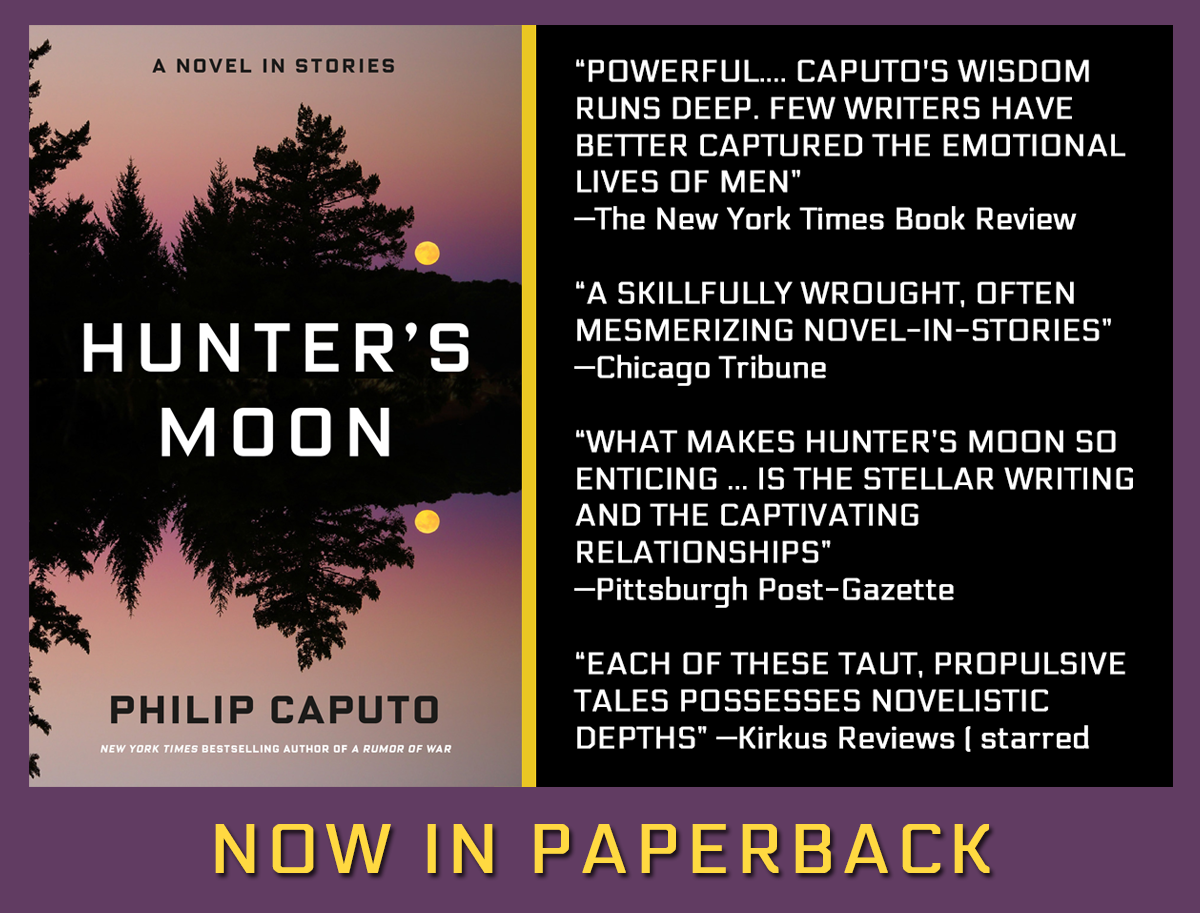We had never seen anything quite like it. At sunset on the day before Memorial Day a band of pinkish light shimmered all along the western horizon except for one broad segment, where a rough triangle, gray-blue in color, rose into the sky. We were at the summit of Mount Lemmon, 9,157 feet above and about 13 miles east of Tucson, and I thought we were looking at another, distant mountain. Not exactly, said Travis, our guide on a night of star-gazing — We were looking at ourselves. That dark, massive hump was the shadow of the mountain we stood on, projected onto the hazy horizon like an image on a screen. The phenomenon occurs only when the air is exceptionally clear and stable, as it generally is in Arizona.
Observing this earth-bound sight was prelude to celestial observations we made at the University of Arizona’s Steward Observatory, which maintains the largest telescope in the U.S. open to the public: the 32-inch Schulman telescope. It is housed in what had been a radar dome during the Cold War, one of several such scopes atop the mountain. Among them is a 60-inch instrument that just might save civilization as we know it by detecting asteroids and near-Earth objects, some of which could crash into our planet and, depending on the object’s size and velocity, cause anything from a fizzle to a global catastrophe. An example of the latter occurred 65 million years ago, when a huge asteroid struck in the vicinity of what is today the Yucatan Peninsula, annihilating the dinosaurs and plunging Earth into the equivalent of a prolonged nuclear winter.
On the night of our visit, a young grad student, clad in flip flops, shorts, and a T-shirt, sat monitoring a bank of computer screens inside a control room. They glowed with columns of numbers and/or images of asteroids ranging in size from large boulders to kilometer-size monsters capable of repeating reptile armageddon.The Catalina Sky Survey catalogs as many as 1,000 of these bodies every night; there are an estimated 800,000 of them zipping around the heavens. I remarked on a certain symmetry between the grad student’s work today and the radar technicians’ of 50 or 60 years ago, the one watching for incoming Russian missiles and bombers, the other for a rock that could blast us all into oblivion.
It was 100 degrees in Tucson when we began the winding, 27-mile drive to the summit. An hour later and nine-thousand feet farther up, the temperature was in the high 60s. By nightfall, it was chilly enough for sweat shirts, jackets, and caps. For about three hours after sunset, Travis took us on a tour of our near neighbors, Mars, Jupiter, and Venus, then reached out billions of miles to galaxies like M-81 and M-82, to remote open star clusters and globular clusters containing hundreds of thousands of stars that resembled, through the Schulman’s eyepice, whitewash splashed on a black background. I’d observed some of these objects in my 8-inch Schmidt-Cassegrain, but they appeared as mere smudges; the Schulman revealed details I’d not seen before except in photographs. The big thrill of the night, for me, was noticing the shape of M-81, a spiral galaxy like our own Milky Way and so far away that its light began its journey to our eyes 12 million years ago. And how far is that? Consider that one light year is 5.8 trillion miles, so just multiply that number by 12 million, and you get, in round figures, 70 with 18 zeros after it.
Confronting distances like that can be soul-crushing. You realize that all that out there, reaching back in time and space beyond your mind’s capacity to grasp such scales, could not care less if an asteroid slammed into Earth and destroyed every living thing. It would be an exceedingly minor event to the universe. But I find the cosmic view soul-cleansing– pandemics, political upheavals, even wars and famines are not as all important as we like to think. Once again, Marcus Aurelius: “Look to the stars as if you were going on their courses with them, and let your mind constantly dwell on the changes of the elements into each other. Such imaginings purge away the filth of the earthly life.”



happy birthday
Thank you for the good wishes.
Such clear and vibrant writing, it felt like spring water to read. I thank you for gracing my mind with yours in such a way. I have great familiarity with Western-ness, and I am overdue for some. My fly-fishing mentor, Blazin’ Bob, of whom I have often spoken, is finally out there among those galaxies, relieved of that nest of nerves from which he finally emerged, at age 96, last week. How I remember his teaching hand upon mine as I raised my arm to through his feather-and-horse-hair deceit upstream into the circling bubbles. I finished my record and will be sending it to you as soon as more blanks come in. It’ll take a CD player and an hour of your life, so don’t let it be an inconvenience. I’ve just spoken of it for so long and it was so important to me. Bless your way and your fruitful life. My affectionate greeting to Leslie
Phil, I’m glad to see that you are happy again. If you enjoyed that experience, you should try night sailing [crossing to Toronto from the south shore of Lake Ontario, for instance], the sound of the water slipping by the hull, the noise of the hull and the rig as it moves in the seaway, and of course the stars! Give me a tall ship and a star to steer her by — John Masefield. Take car my friend.
How wonderful to be able to feel such magnificence through your words. And on a day when my soul despaired, they brought great joy and release from the maddening filth of politics. There is always such a depth of soul in what you write. Thank you.
And thanks to you.
As you know, Norm has gone up there. Your description prompts me to do the same someday. Beautiful!
Thank you, Karen. We should all go up there together and soon.
happy upcoming birthday
Phil, what a magnificent account. I so enjoyed reading this and can just imagine how glorious it was.
Thank you for sharing.
I told my family we must go do this!
Happy birthday month, Phil. All best to you!